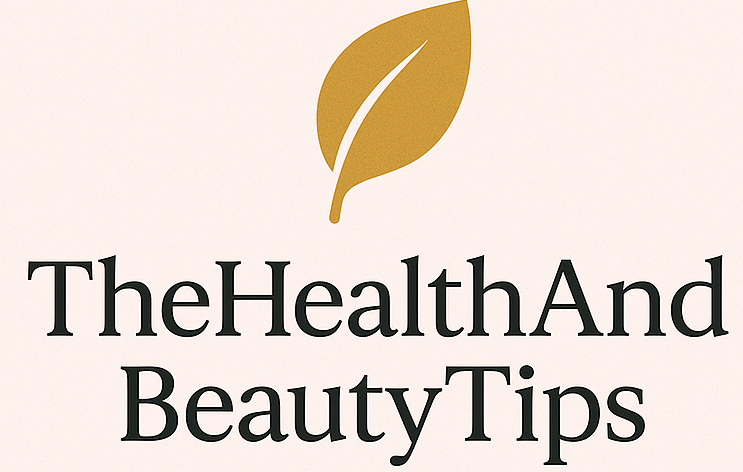Medical insurance isn’t just a good-to-have—it’s your financial shield when life throws unexpected health issues your way. And in 2025, the game has changed. With technology evolving, marketplaces expanding, and new laws rolling out, checking your medical insurance plan isn’t as straightforward as it once was. So, how do you check medical insurance plans in 2025 without feeling overwhelmed? Check Medical Insurance Plans in 2025
Let’s break it all down in plain English, step by step, so you can choose the best plan for your health and your wallet.
Understanding Medical Insurance Basics
What is a Medical Insurance Plan?
At its core, a medical insurance plan helps cover the cost of your healthcare needs, from routine checkups to emergency surgeries. Depending on the plan, your insurer may pay all or part of your bills. Without insurance, even a single hospital visit can drain your savings.
Key Terminology to Know
Premium: What you pay every month to keep your coverage active.
Deductible: The amount you pay out-of-pocket before your insurance kicks in.
Co-pay/Co-insurance: Your share of costs for visits, prescriptions, etc.
Out-of-pocket maximum: Once you hit this number, insurance pays 100%.
Types of Health Insurance
Private Insurance – Offered by companies like Blue Cross, Aetna, or Oscar Health.
Public Insurance – Includes Medicare, Medicaid, or CHIP.
Employer-Sponsored – Group plans provided through your job.
Where to Start Your Search in 2025
Official Government Portals
If you’re in the U.S., HealthCare.gov is still the starting point for ACA plans. Many states now run their platforms like Covered California or NY State of Health.
Private Comparison Websites
Sites like eHealth, Policygenius, and SelectQuote help you compare plans from different providers quickly. These platforms use algorithms to match you with top options.
Mobile Apps and AI-Powered Tools
Apps like HealthSherpa or Oscar now come with AI chatbots that walk you through the process, ask about your needs, and show you curated plan options.
Step-by-Step Guide on How to Check Medical Insurance Plans in 2025
Step 1: Gather Your Info
Before diving into searches, collect:
Age and health conditions of all family members
Your preferred doctors and hospitals
Monthly budget for premiums
Step 2: Use Online Marketplaces
Go to HealthCare.gov, your state’s portal, or a private comparison site. Create an account and enter your personal and financial information to view plans.
Step 3: Filter Plans
Filter by:
Premium range
Deductible size
In-network providers
Prescription drug coverage
Step 4: Compare Plan Summaries
Click on each plan to view:
What’s covered
Estimated total yearly cost
Preventive care options
Mental health and dental benefits
Step 5: Check Reviews and Ratings
Look at customer satisfaction scores, especially on mobile apps or insurer websites. Reddit and Trustpilot are also useful for honest opinions.
Features to Look for in 2025 Insurance Plans
Telehealth Services
Post-pandemic, telemedicine is now the norm. Ensure your plan includes unlimited virtual visits.
Mental Health Coverage
Mental wellness isn’t optional. In 2025, insurers are legally required in many states to provide equal coverage for mental health.
AI-Based Diagnostics
Some top-tier plans come with tools that scan symptoms and recommend actions before seeing a doctor—very useful!
Prescription Drug Access
Check if the plan covers your regular meds and offers mail-order or digital pharmacy options.
How to Compare Plans Effectively
Use Smart Tools
Use AI-powered platforms that let you simulate annual costs based on your health habits.
Coverage vs. Exclusions
Read the fine print. A cheap plan that excludes ER visits or pregnancy care might cost more in the long run.
Watch the Out-of-Pocket Max
The higher the out-of-pocket max, the more you could be liable for. Plans with higher premiums often come with lower out-of-pocket costs.
State-Specific Marketplaces and Options
Search by ZIP Code
Many platforms let you enter your ZIP to tailor available plans.
Medicaid and CHIP
Low-income families should check if they qualify for state programs. In 2025, income limits have been expanded in many states.
Local Subsidies
Some states offer additional tax credits or premium subsidies beyond federal programs. Don’t miss these!

Employer-Sponsored Plans
Understanding Your Options
Most full-time workers get access to one or more employer-sponsored health insurance options. These often include dental and vision, too.
Open Enrollment Periods
Usually occurs in the fall. This is your chance to switch, upgrade, or drop coverage.
Going Private Instead
If your employer plan is too expensive or limited, you can opt for an individual plan instead, especially if you qualify for subsidies.
Marketplace Plans (ACA)
Federal vs. State-Run
36 states use HealthCare.gov, while the rest have custom marketplaces. Know where you belong.
What Changed in 2025?
Lower premiums for many plans
Better coverage for chronic conditions
Expanded telemedicine access
Subsidy Calculator
Use a subsidy estimator online to check how much your premium can be reduced based on your income.
Short-Term and Catastrophic Plans
Who They’re For
Perfect if you:
Are between jobs
Need coverage for a few months
Can’t afford full ACA plans
What They Exclude
These plans usually don’t cover:
Preventive care
Pre-existing conditions
Maternity or mental health
Checking International Medical Insurance Plans
For Digital Nomads
Use platforms like SafetyWing, Cigna Global, or Allianz for international coverage.
Tools for Expats
Expat-specific plans often cover routine checkups, emergency evacuation, and prescriptions worldwide.

Health Savings Accounts (HSAs)
Pairing with High-Deductible Plans
If you choose a high-deductible plan, you can open an HSA and contribute tax-free dollars.
Tax Advantages in 2025
HSAs are growing fast. You can now roll over unused funds and invest them for retirement too.
How AI and Chatbots Help in Insurance Comparison
Personalized Suggestions
AI bots ask questions about your health habits and then suggest the best-fit plans, saving you hours of research.
Real-Time Q&A
Many insurers have chatbots trained to answer complex plan-related questions instantly.
Avoiding Common Mistakes When Checking Plans
Ignoring Network Limitations
Always check if your doctor and local hospitals are in-network.
Forgetting Drug Coverage
You don’t want to find out after enrollment that your $300 medication isn’t covered.
Focusing Only on Monthly Premiums
The cheapest plan isn’t always the most affordable in the long term.
Final Tips for Choosing the Right Plan in 2025
Compare at least 3-5 plans before deciding
Talk to a licensed insurance agent if you are confused
Use apps to monitor your plan’s usage and benefits
Choose plans with 24/7 customer service
Don’t miss enrollment deadlines!

Conclusion
Choosing the right medical insurance plan in 2025 doesn’t have to be a headache. Thanks to modern tech, helpful platforms, and transparent marketplaces, you’ve got all the tools at your fingertips. Whether you’re a solo freelancer, a family of five, or a retiree planning for peace of mind, there’s a plan out there just for you—you need to know where (and how) to look.
FAQs
How do I check if a doctor is in-network in 2025?
Most platforms allow you to search by provider. You can also call the insurer or use their mobile app to confirm.
Can I switch plans mid-year in 2025?
Only under qualifying life events like job change, marriage, or childbirth. Otherwise, you must wait for the next open enrollment.
What are the best apps for checking insurance plans?
Top apps include HealthSherpa, Stride Health, and insurer apps like UnitedHealthcare or Oscar.
Are subsidies still available under the ACA in 2025?
Yes! Subsidies are available for incomes up to 400% of the federal poverty level. Some states offer even more.
What’s the difference between PPO and HMO in 2025?
PPOs offer more flexibility and a wider network. HMOs are usually cheaper but limit you to network providers and require referrals for specialists.

